 Stand Watie (also known as Standhope Oowatie or Degataga meaning "stand firm") was a Cherokee and a Christian born in Georgia in the year 1806, the year when, in Europe, in the face of Bonaparte’s attacks, the Holy Roman Empire was declared at an end.
Stand Watie (also known as Standhope Oowatie or Degataga meaning "stand firm") was a Cherokee and a Christian born in Georgia in the year 1806, the year when, in Europe, in the face of Bonaparte’s attacks, the Holy Roman Empire was declared at an end.By 1820, almost one third of the Cherokee nation had been relocated west of the Mississippi River. Their lands in Indian Territory (modern-day Oklahoma), prosperous before the War of 1861-65, were in ruins thereafter. Many of these Indians were Christians and excellently educated.
They were US citizens, many became wealthy, and many become plantation and even slave owners.
The Cherokee people established a central government in 1827, electing John Ross (1796-1866) as their principal chief. He spoke out against the removal of the Cherokee from their homeland and strongly opposed the illegal Indian Removal Acts of President Andrew Jackson.
Watie recognized Andrew Jackson’s determination to proceed with the ethnic cleansing of the Cherokee people from the south-eastern United States. The Supreme Court struck down the Indian Removal Acts as unconstitutional. However, President Jackson famously responded:
"The Chief Justice [John Marshall] has made his ruling. Now let him enforce it".
But it was the President’s job to enforce it!
In defying the Constitution, Jackson was a traitor.
But he had might over right on his side and so survived his treacherous betrayal of the US people and Constitution.
 President Andrew Jackson, the founder of the Democrat Party.
President Andrew Jackson, the founder of the Democrat Party.He illegally sent thousands of Cherokee to their death west of the Mississippi.
This was the founder of the Democrat Party of the United States.
By mid 1837, many Cherokee had been moved to Indian Territory. The rest of the tribes, excluding some who fled to the mountains, were forcibly removed from their homes and shipped West in 1838 on the infamous “Trail of Tears” upon which many perished thanks to the illegal Acts of Jackson.
Thousands of them, mostly women and children, died in the vast open wilderness amidst a howling winter and sometimes brutal Federal soldiers, en route to their new homeland.
It was an attempted genocide.
Watie and others were at first seen as collaborators and some were murdered. Eventually, these troubles ended and Watie was appointed to the Cherokee Tribal Council and served from 1846 to 1861.
Shortly thereafter, Watie enlisted in the Confederate army.
Of the five "Civilized" Tribes – Cherokee, Chickasaw, Choctaw, Creek, and Seminole – most fought for the Confederacy.
A successful planter and journalist, Watie supported the Confederacy from the start. His influence helped lead the Cherokee nation into a formal alliance with the South. He and many fellow Cherokees gained renown for their battle exploits – renown largely ignored in traditional American histories.
Watie’s own wife, Sarah Bell Watie, and their children had to flee into North Texas in the cold of winter.
He was promoted Colonel and organized and commanded the Cherokee Mounted Rifles. They earned a fearsome reputation at such battles as Wilson’s Creek in Missouri and Pea Ridge in Arkansas.
At the latter, Watie’s cavalry, though outnumbered, charging into the face of blazing Yankee cannon, captured them, then turned them on their fleeing Yankee enemy.
Watie eventually commanded the Confederate Indian cavalry made up mostly of Cherokee, Creek and Seminole.
He led Confederate forces to victory in the Second Battle of Cabin Creek where he captured an enormous Federal wagon train.
He was promoted Brigadier-General in 1864.
He was the last Confederate general to surrender, undaunted and unvanquished, on 23 June 1865, nearly three months after the surrender at Appomattox. At Fort Towson in the Choctaw Nation's area of the Indian Territory, Watie signed a cease-fire agreement with Union representatives, becoming the last Confederate general in the field to stand down.
Watie returned to financial ruin and a home burned to the ground by Yankees during the war. He tried to restore his ruined Grand River property which was devastated by the war and met with but little success. Exhausted by the war, Watie nevertheless committed his resources to the education of his children.
The Confederate Cherokees saw their land stripped away from them by a vengeful Yankee government.
In 1863, Stand Watie was elected principal chief of the Cherokee Nation.
Stand Watie died on September 9, 1871. He had outlived all but two of his children.
A friend wrote to Watie’s widow in these moving terms:
"I read with sadness of the death of your much esteemed husband. My tenderest sympathy is yours. I trust you have consolation from a Higher Power than earthly friends for the loss of one so dear to you. His labours on earth have not been in vain, he has done much lasting good for his country and country-men, that will never be forgotten but handed down to the future generations in the book of history for them to follow in his foot-steps and to aspire to leave their foot prints on the sands of time as well as he."
All ye holy saints of the Americas, pray for Stand Watie and the Cherokees deceased!
...











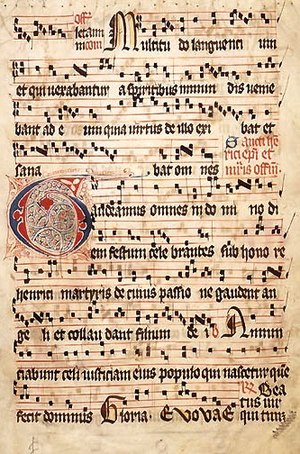

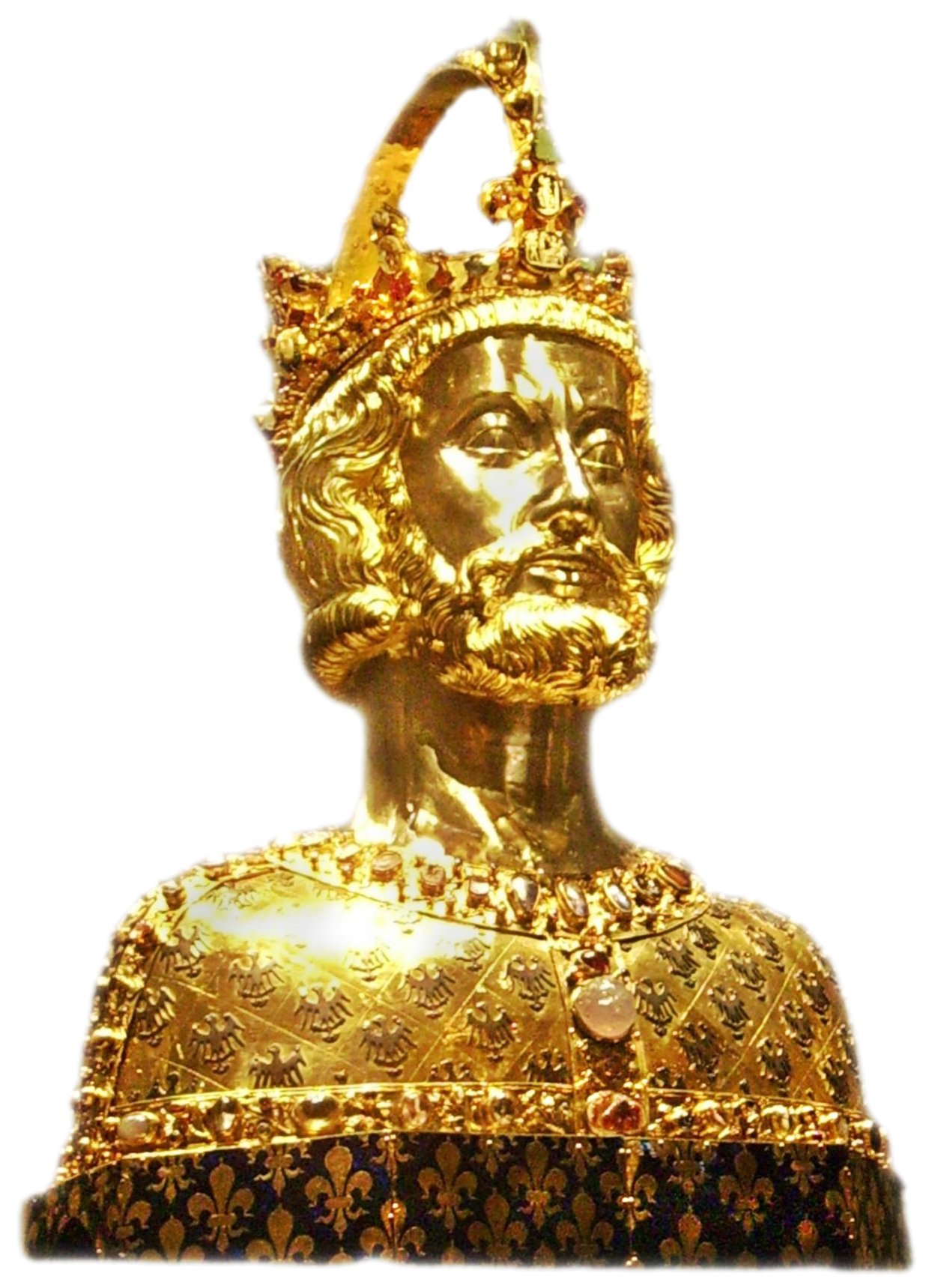



.jpg)


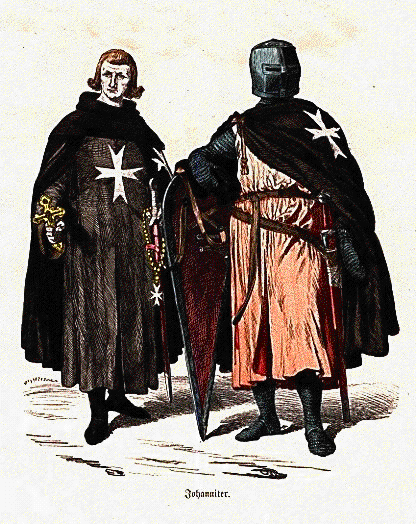




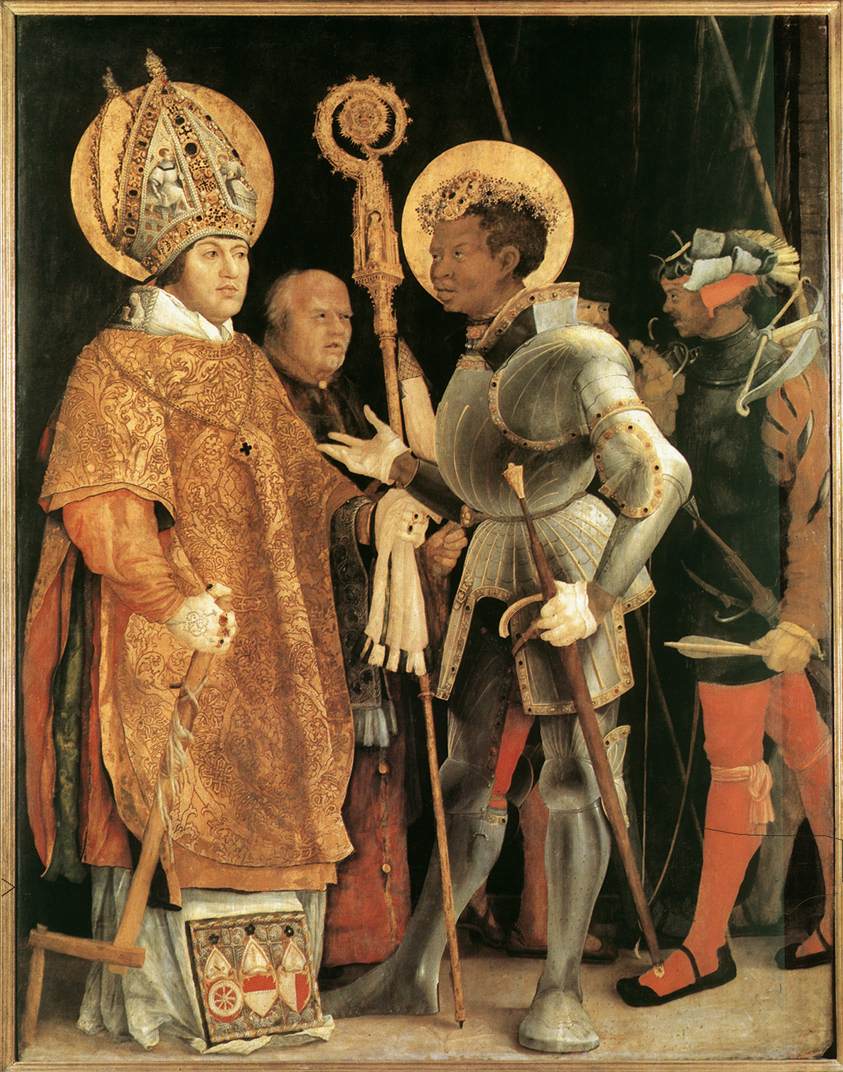



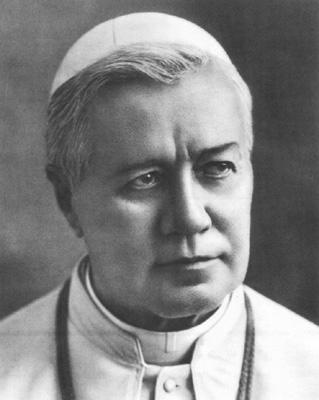













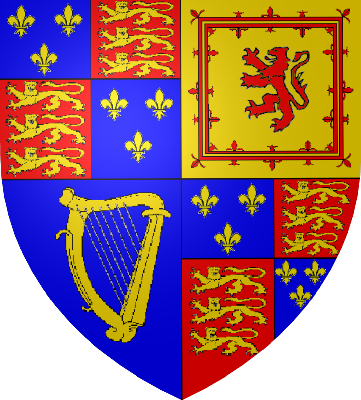
_-002.jpg/220px-Circle_of_Anton_Raphael_Mengs,_Henry_Benedict_Maria_Clement_Stuart,_Cardinal_York_(ca_1750)_-002.jpg)



2 comments:
Quick question, where any of the Cherokee catholic?
Thanks.
There may have been missions among the Cherokee as early as 1643 but clear evidence of the first Christianizing, or at least civilizing, effort among them was undertaken about 1736 by Christian Priber, possibly a Jesuit, but more probably a French officer or agent, who learned the language, organized the tribal government, and taught them the principles of Christian morality for some years, until he was seized by the English where he died in prison. Moravians, Congregationalists, Presbyterian and Baptists later brought missions. Catholic mission schools, in whole or part for Cherokees, were set up at Vinita, Tulsa, and Muscogee, in Indian Territory. The whole tribe may be considered as civilized and Christian, quite a few Catholic, but many remnants of their old pantheist or animist beliefs still subsist and re-appear from time to time.
Many had fled to Mexico during the "Trail of Tears" and subsequently many became Catholic and their ancestors are still to be found there today.
Trib.
Post a Comment